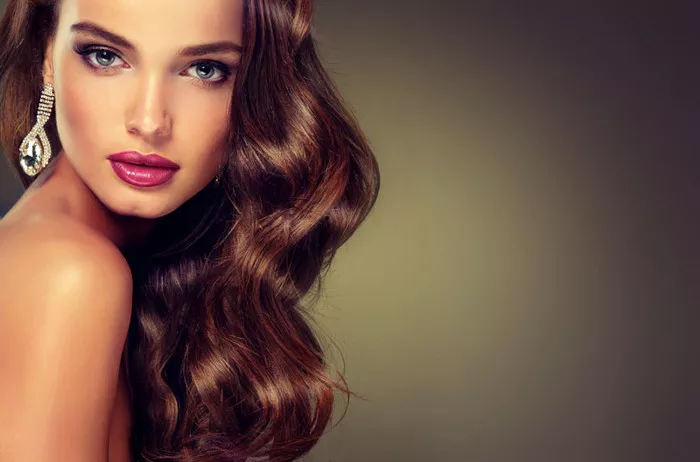In a groundbreaking study published in the Journal of Investigative Dermatology, a team of researchers delves into the intricate genetic underpinnings governing the orientation of hair whorls, shedding light on a previously enigmatic aspect of human biology.
Unveiling the Genetic Basis
For the first time, an exploration into the genetic landscape of human scalp hair whorls not only confirms the hereditary nature of hair whorl direction but also highlights its intricate dependence on an interplay of multiple genes. This novel revelation of four closely-linked genetic variants, inferred to exert a discernible influence on the trajectory of hair whorls, is documented in the pages of the Journal of Investigative Dermatology, an esteemed publication under the banner of Elsevier.
Symbology of Hair Whorls
A hair whorl, defined as a circular assembly of hair encompassing a focal point designated by the orientation of hair follicles, has held a place of curiosity and wonder. Manifesting as either singular or double whorls, in tandem with diverse directions—be it clockwise, counterclockwise, or diffused—this discernible pattern of the scalp’s hair whorl carries significance beyond aesthetics.
Intriguingly, cases of unconventional whorl patterns have manifested in individuals with atypical neurological development, hinting at an intriguing interrelation between the genetic architecture of whorls and fundamental biological processes.
Pathway of Research
Embarking on an ambitious journey, the foremost genome-wide association study (GWAS) on human scalp hair whorls embarked upon a comprehensive analysis of 2,149 individuals of Chinese origin, drawn from the extensive National Survey of Physical Traits cohort. This scientific odyssey was subsequently mirrored in a replication study involving another 1,950 individuals from the Taizhou Longitudinal Study cohort, solidifying the veracity of their findings.
Leading the expedition, Dr. Sijia Wang, affiliated with the Shanghai Institute of Nutrition and Health, Chinese Academy of Sciences, expounded, “The enigma of our physical appearance has tantalized us for long. Our scientific brigade has been unearthing the genetic blueprints governing a myriad of captivating traits—ranging from fingerprint patterns and eyebrow density to earlobe contours and hair curl patterns. Among our pursuits, the enigma of hair whorls beckoned. Convention dictated that a solitary gene was at the helm of hair whorl direction, adhering to the principles of Mendelian inheritance. Yet, our empirical revelations illuminate the collaborative sway of multiple genes in orchestrating hair whorl direction, unveiling the narrative of polygenic inheritance.”
Tracing the Genetic Imprints
The study’s zenith lies in the identification of four closely-linked genetic variants (situated at 7p21.3, 5q33.2, 7q33, and 14q32.13). These genetic orchestrators are postulated to exert their influence by intricately regulating the cellular polarity of hair follicles. In a harmonious symphony, these genes might also interplay with processes like cranial neural tube closure and growth, sculpting the intricate dance of hair whorls.
Professor Wang expounded, “While antecedent hypotheses have ventured into the terrain of associating hair whorl patterns with unconventional neurological development, our meticulous study did not unveil significant genetic correlations between hair whorl direction and behavioral, cognitive, or neurological attributes. The veil of our enigma may still be partly drawn, but our resolve to satiate our curiosity remains unwavering, poised to navigate us toward the realms of enlightenment.”


